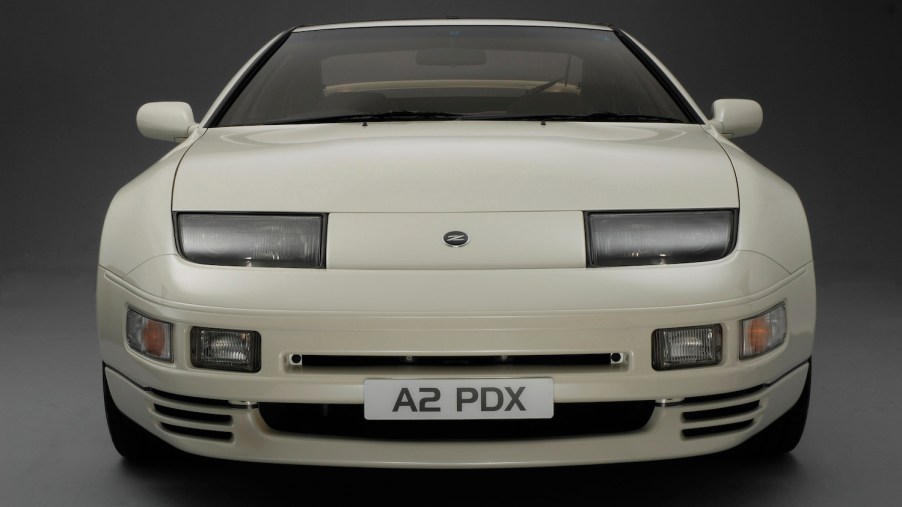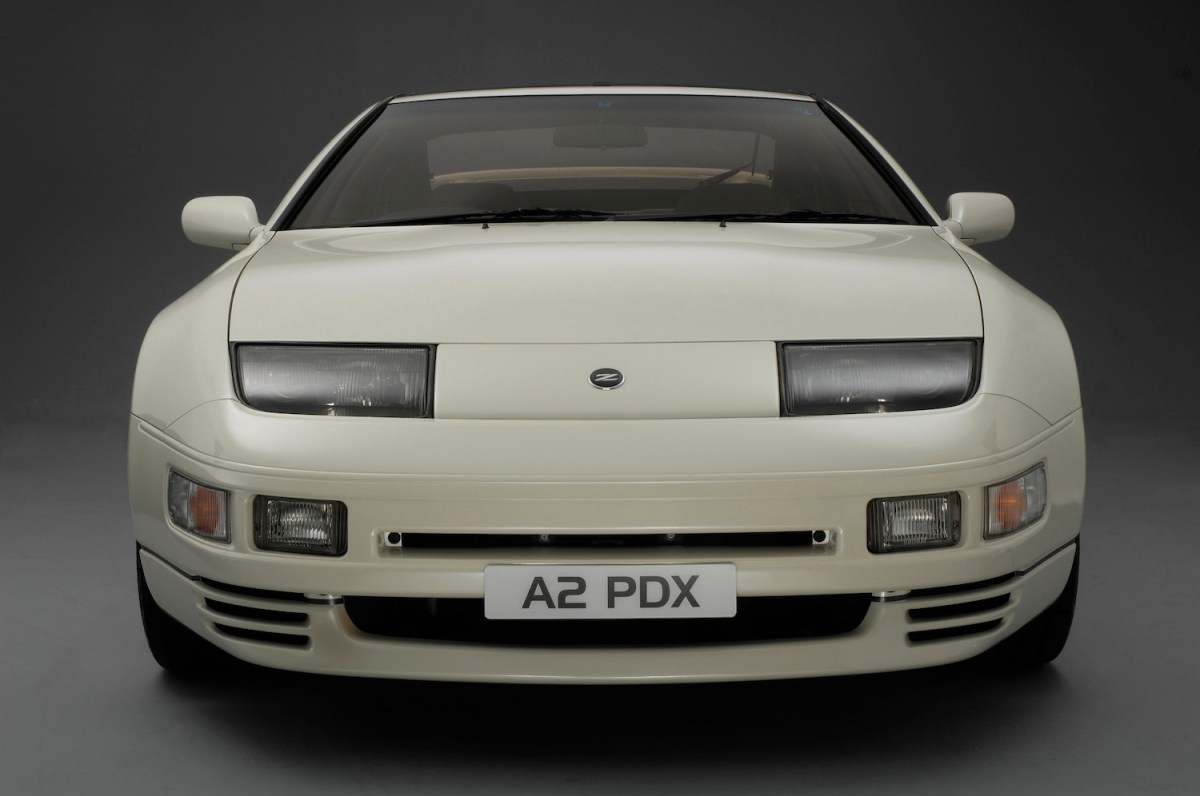
Nissan 300zx Vs. Mitsubishi 3000GT VR-4: Which Car Won the 1990s?
The 1990s woke up a lot of car manufacturers from the 1980s-induced coma of low horsepower abominations, though that’s not to say the 1980s wasn’t brilliant. Performance cars like the Mazda RX-7, Nissan 240sx, and Toyota Supra all started in the 1980s but didn’t become car-cultural icons until the 1990s. Two cars from the 1990s were seemingly neck and neck for nearly the entire decade, but by the end, there was a clear winner. Here’s how the second generation Nissan 300zx (Z32) and Mitsubishi 3000GT got on in the 1990s.
Nissan 300zx

The Nissan 300zx Z32 came in two flavors. The base model had a naturally aspirated 3-liter V6 mated to a five-speed manual transmission, sending 220 horsepower to a rear limited-slip differential. You could also get the Z32 with the same engine plus two turbochargers outputting 300 horsepower. This version also came with adjustable suspension and could be optioned with Super HICAS, Nissan’s proprietary four-wheel-steering system, which utilized a second steering rack found near the differential.
The Z32 had a spacious passenger seat, where the driver’s seat was more confined and reminiscent of a cockpit. All the controls formed a half-moon shape around the back of the steering wheel along with the gauges. The car felt heavy through a turn, and an inexperienced driver could discover some understeer if they tried hard enough.
The Z32 rewarded committed spirited driving. If you shoved the throttle into the floor, the LSD could get that power down, and if the rear end gave an inch, you could take a mile and bring it back in line. A common modification some owners do is installing aluminum wheels from a 350z to improve the Z32’s agility.
Mitsubishi 3000GT
While the Nissan 300zx lasted two generations, Mitsubishi’s 3000GT enjoyed just 10 years of production. The base model used a naturally aspirated 3-liter V6 as well, which also produced 220 horsepower but this time at the front wheels. It was cumbersome to drive and understeered easily without much fuss, as explained by its long wheelbase.
Thankfully Mitsubishi provided a performance variant for the 3000GT, called the VR-4. This version had the same engine but with two turbochargers and produced 320 horsepower, sending it to all four wheels. The VR-4 weighed 3,732 pounds but could still hit 60 mph in 4.9 seconds, according to MotorTrend, thanks to all of its 315 lb-ft of torque at the beginning of the powerband. The Mitsubishi 3000GT also received adjustable suspension and big 245mm tires.
Which one is better?
Both cars offer unique driving experiences. Frankly, the base models don’t impress much. The 300zx is much too heavy, so it needs the extra horsepower from the turbochargers, and the 3000GT simply doesn’t handle as well without the all-wheel drive. For price point, Nissan wins. Mitsubishi 3000GTs are going for $50,000 in some places, while the 300zx twin-turbo goes for less than $20,000. Interior also goes to the Nissan.
The Mitsubishi feels cramped, and the rear seats don’t offer much more than a storage shelf. Horsepower is identical, but the 3000GT is just a hair faster to complete the quarter-mile: 14.1 to 14.2, as tested by Car and Driver. Simply for having more control, a Nissan 300zx without the Super HICAS seems like the best choice. The Z32 weighs less than the Mitsubishi, has almost the same power, is more comfortable, has the same straight-line speed, and is much cheaper.


